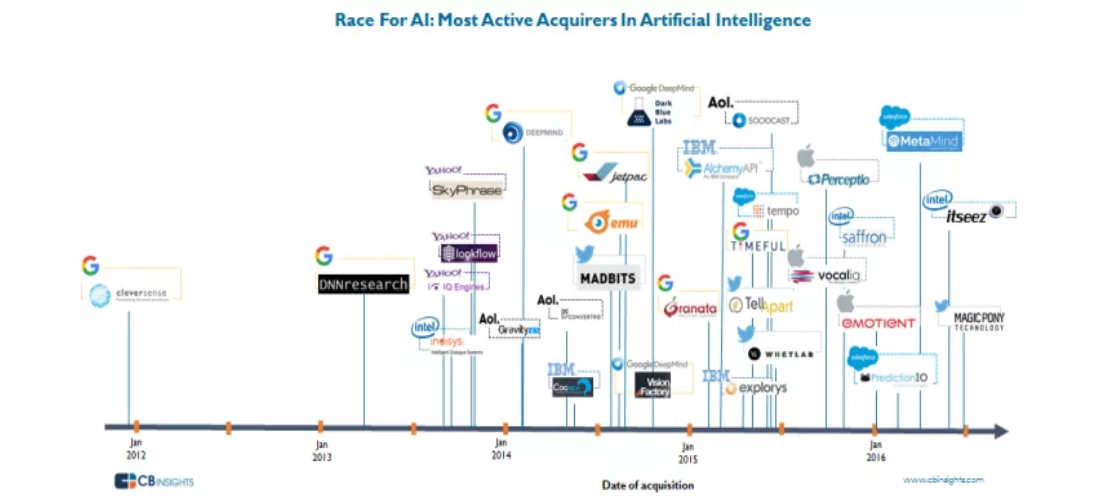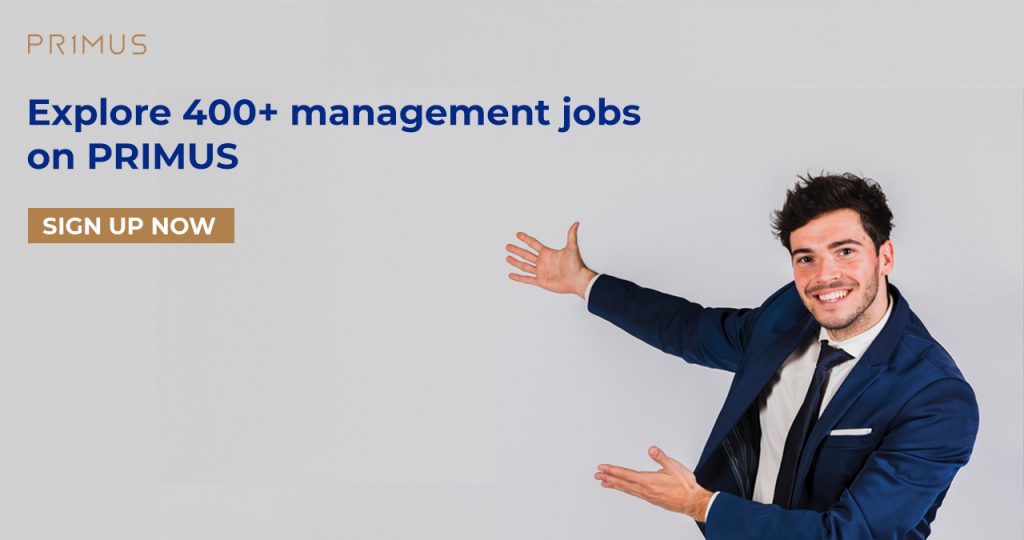
After reading the book “Prediction Machines,” written by three professors at Rotman School of Business Administration, I realized I was less interested in Grab or Google applications because one thing behind that supported them: Artificial intelligence (AI). AI has contributed greatly to these applications to predict the best direction for users. “Predict”, is what shapes the intelligence that humans are trying to reach.
According to Ajay Agrawal, Joshua Gans and Avi Goldfarb, also an economist, data researcher for the Creative Destruction Lab, predictions are AI’s must-have output. “The current generation of AI provides the company so that they have full right to predict,” the Author wrote. “Today, the AI tool is used to predict the next sentence (Amazon’s Echo), the command context (Apple Siri Virtual Assistant), or what you want to buy (Recommendations from the Amazon website). The prediction is not only there, but also helps you connect with the information you want to find (Google Search), or when it should break quickly to avoid danger to people on the car (Tesla’s autopilot), and the news they think you want to see (Facebook’s Newsfeed).

AI applications have appeared gradually in many large companies
The anticipated story of AI is increasingly opened up in the first chapters of the book, along with surprisingly useful suggestions for executives looking for more ideas in the application. At some point, AI will completely automate the prediction process, and as a result, the prediction will become cheaper, instead of using countless people and countless algorithms. “Therefore, as far as economics points out, it’s not just that we use AI more at once, but we also see them in different roles and different industries.”
To clarify, the author mentioned the strong development of AI in the mechanism of predicting the purchase of users on the Amazon website. The system has been adapted to the extent that it can help companies realize their customers’ buying needs before waiting for customers to order on the web, thereby delivering directly to the address that customers fill. Basically, future predictions will radically change Amazon’s business model from shopping-then-shipping to shipping-then-shopping. In fact, in 2013, Amazon registered a copyright on the “anticipatory shipping” model.
Another great insight that the book is about is the impact of AI on current jobs. We have heard a lot of forecasts that in the future, the more AI grows, the faster the unemployment rate will increase. However, 3 authors have suggested to the readers a more positive view of this issue. Once the AI grows stronger in predicting, making the prediction process cheaper and gradually replacing the nature of some industries (such as the Radiology), it will also help speed up the need for judgment which only humans can provide at this time.
“Judgment is the determination of the trade-off for the results of each decision, including the consideration of “right and appropriate” decisions for the company or the wrong decisions. The judgment process requires human support in deciding which option will fit into the goal that the business is pursuing. Because predictive machines will make predicting output faster, better and cheaper, the value of people in judging which decision is more appropriate will increase rapidly because society needs more in this field.” – the author writes.
Therefore, although in the near future, machines will be able to read the MRI scanners better than humans, this does not mean the radiology will be lost. Authors who predict radiology will have at least five roles that cannot be replaced by machines: “Choose the right image, use real-time scans to support the surgical process, understand computer output after scanning, training machines with technologies and problems can far outstrip the machine’s suggestion.” In short, predictive mechanics will replace people in a few tasks but do not replace the whole industry.

The role of employees will gradually shift from manual work to more challenging jobs
Besides, the trio of authors also helps readers answer the question of what business leaders need to do next with the development of AI. They provide the reader with guidance on when to apply AI in strategic decisions:
- Strategic problems or choosing trade-offs dilemma appear
- Determine problem handling by minimizing uncertainty
- Provide an AI tool to minimize this uncertainty until the problem is lost or balanced in the trade-off
To clarify these three steps, the authors returned to the Amazon story and their prediction.
The strategy problem is because the shipping-then-shopping model can produce more inventory than selling goods if the decision to make a daily order is forwarded even if the customer has not decided what to buy. This can be solved by minimizing uncertainty in identifying customer needs. Since then, Amazon has built a predictive engine that eliminates the variables needed to make this model possible.
By taking months and years to study and write, helping readers shape the bigger pictures for months and years later, with a combination of insight and practical advice, Prediction Machines are easily in the must-read when readers want to learn about AI.
——————–
How do you think about this article? Please share it with us via the comment section below.
PRIMUS – TOP MANAGEMENT JOBS ONLY






